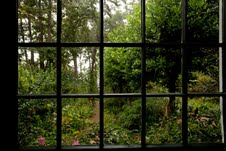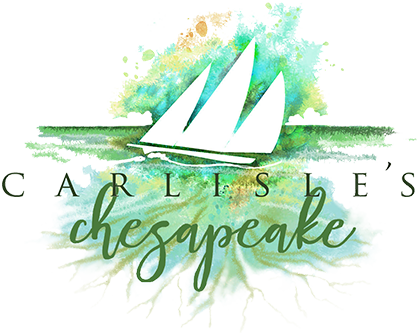Content

Elizabeth Lawrence’s Charlotte, North Carolina Garden
This is the view from Miss Elizabeth Lawrence’s desk. The following excerpt is from her book, Gardens in Winter:
“I am writing, as always, of my own garden which I see, whenever I look up from my work, everyday in the year—never without pleasure, and seldom without seeing something in bloom. But I am not writing of my garden alone. I am writing of all those that I have seen, all those that I have read about in books, and all those that I know through letters.”
Elizabeth Lawrence (1904-1985) was a Southern gardener and writer. Her garden beds were small and while she would have liked to consider herself a garden designer, she felt it imperative to learn and teach about plants, their habitat and culture. She conveyed her findings in a Sunday weekly column she wrote for the “Charlotte Observer” from 1957-1971.
Miss Lawrence’s garden was a plant laboratory—she used her entire property (only 75′ x 225’) as a garden so that she might evaluate plants. And, as indicated by this quote from Gardening for Love, she struggled with forsaking design for utility:
“I cannot bear for people to say (as they often do) that I am better at plant material than design. I cannot help it if I have to use my own well-designed garden as a laboratory, thereby ruining it as a garden.”
 Fields” width=”221″ height=”166″ />
Fields” width=”221″ height=”166″ />Confederate Jasmine (Trachelospermum jasminoides), Elizabeth Lawrence Garden, Photo Courtesy, Jane Fields
- Plants identified as having particular design and/or associational significance in her garden.
- Camellia ‘White Empress’
- Stewartia pseudocamellia, the largest in Mecklenburg County
- Camellia sasanqua hedge defining the front entry/parking courtyard
- Prunus carolina pruned allée
- Phyllostachys aurea, the golden bamboo curtain
In 2006 Ms. Lawrence’s garden and home were entered in the National Register of Historic Places. Two years later Wing Haven Gardens acquired the property and has a working relationship with the Garden Conservancy to develop a plant management plan.
The Elizabeth Lawrence Garden is owned and operated by Wing Haven Gardens & Bird Sanctuary. Admission fee of $6 grants access to both.
Cultivating sanctuary in nature, environmental stewardship and the legacy of Southern horticulture.


